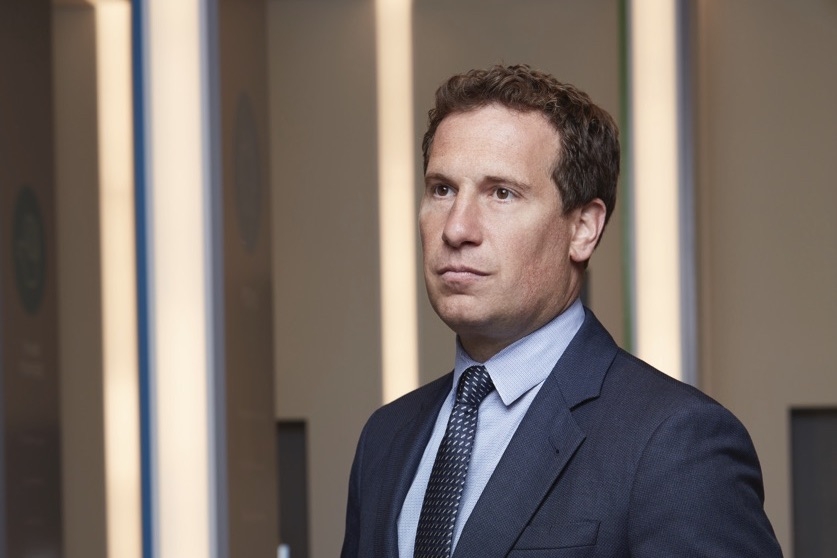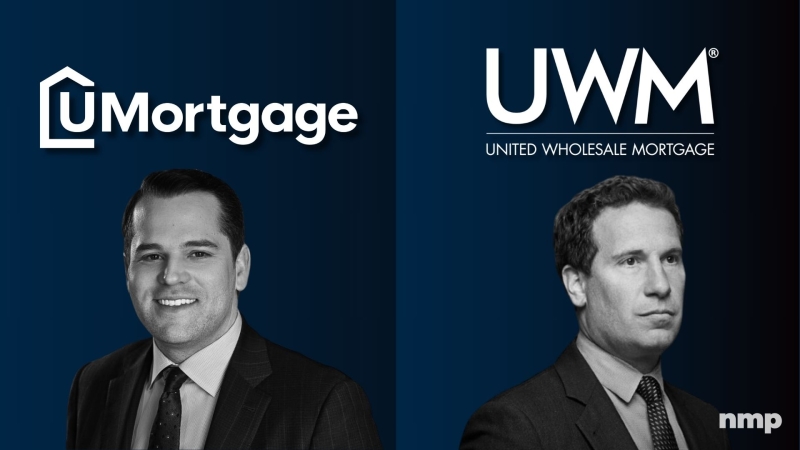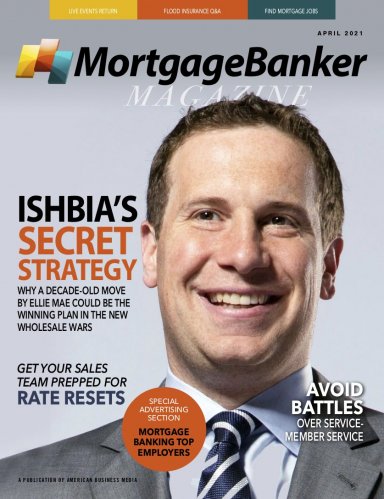I was thinking of all of that as I made that drive to Ellie Mae, an important meeting and they had emphasized the confidential nature of the discussion. It was the start of the Great Recession and there were many shadows and backroom discussions being had. Everyone needed a plan, but it was difficult to see the future amidst so much uncertainty.
Hatching A Plan
As I walked in, Jonathan Corr, the president of Ellie Mae, greeted me at the front door and proceeded to escort me to a private conference room where Sig Anderman, CEO and founder, and Joe Langner, chief sales officer, sat around a large conference table. It was strange. Despite the mortgage industry in eclipse, walking into the Ellie Mae headquarters, there was a fresh vibe in the air. The activity was busy, even disregarding the many empty cubicles. Jonathan reassured me those would be full again in the coming months; Ellie was poised for growth.
It is difficult to explain, but while outside of the doors, there was the American economic system in chaos, and yet, inside Ellie Mae’s walls, there was extreme confidence in the future. Why?
Sig, the company CEO, closed the door to the conference room, and proceeded to outline the plan. But first, he summarized the market outlook. In 2008-2009, many mortgage originators – and potential clients of the firm-- had gone out of business. Ellie had lost money in 2008: it had revenues of approximately $33M, but it’s bottom line still showed red ink of more than $1 million.
The Loan Origination System (LOS) wars were at their epic peak – Calyx, Mortgagebot, Byte, Avista, Open/Close, Mortgage Cadence, Harland E3, Blueberry, PCLender, Mortgage Builder, to name a few. It was a crowded field to say it mildly, but everyone was losing clients. Sig saw the market contraction as an opportunity, since these events were hurting his competitors, especially market leader Calyx. Calyx’s revenue contraction was severe, falling from about $40 million to a historic low of roughly $9 million; it existed anemically, he argued.
Turning Point
Still confused, I peered over to Jonathan seeking for some direction as the more Sig summarized the problem statement, the more confused I grew. I did not see the strategy. I saw an uncertain market, a crowded field of competitors and a long uphill climb to get marketshare from mortgage companies that may not weather the market storm.
Jonathan nodded to pay attention, like every good storyteller, Sig was getting to the main point. Sig laid out a strategy that was a radical departure from the way the LOS wars were fought. Sig wrote down the following on a white board:
- Transition Users from per-seat licensing to per-user per-month licensing
- Focus on prospective clients and their volume, and not number of users
- Project Promontory
The first two bullets were a vastly different perspective on the LOS market and how LOS vendors looked at mortgage companies. I was on the leadership team at Calyx from 2007-2009, and our business model at the time was based on a charge per seat. Additionally, the LOS world view was based on “number of accounts”, not accounts who did the most volume. Jonathan didn’t care about the number of mortgage company clients or accounts. He was focused on a smaller number of companies whose loan volume was high.
The first two bullets, while innovative in sales focus, weren’t entirely new – software as a service was almost a decade old. This was co-opted from Salesforce and applied to the mortgage space. But, still, from the LOS standard, it was a radical shift to target a list of companies focusing exclusively on loan volume. At this point, I understood the plan. But…












